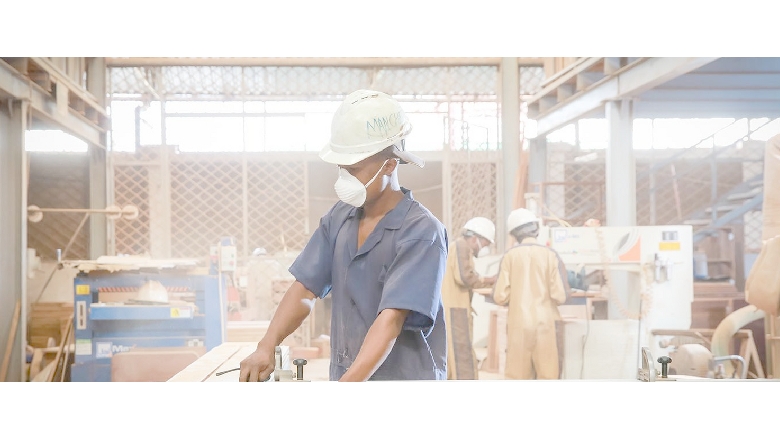The Crisis Response Window (CRW) provides IDA countries with a dedicated source of additional resources to (a) respond, as a last resort, to the impact of severe natural disasters, public health emergencies, and economic crises; and (b) respond at an earlier juncture to slower-onset crises, namely disease outbreaks and food insecurity. CRW support is part of IDA’s overall response to a crisis, complementing the roles of other development partners, and based on IDA’s comparative advantage and development mandate.
Under IDA19, CRW will provide $2.5 billion in crisis response financing, including up to $500 million in resources dedicated to the new early response financing framework.
Factsheet: 10 Things to Know About the IDA Crisis Response Window
Eligibility
Responses to Severe Crises
While all IDA countries are in principle eligible for CRW support, a country’s access to the CRW depends on specific circumstances including the magnitude of the impact of the crisis, the country’s access to alternative sources of financing (including IBRD), and its ability to use its own resources.
- Natural Disasters. CRW resources may be used to support IDA-eligible countries in the aftermath of an exceptional severe and intense natural disaster (e.g. earthquakes, floods, droughts, tsunamis).
- Public Health Emergencies. CRW resources may be used to address public health emergencies where (a) the affected country has declared a national public health emergency; and (b) the WHO has declared that the outbreak is a public health emergency of international concern (PHEIC), under the WHO’s Global Alert and Response System, in accordance with the International Health Regulations, 2005.
- Economic Crises. CRW resources may be used to address severe economic crises caused by exogenous shocks and that affect a significant number of IDA countries as follows:
- The crisis is expected to result in a widespread or a regional year-on-year GDP growth decline of at least three percentage points or more; or
- In the event of a severe price shock that did not result in a GDP growth decline, but: (a) the shock is broad-based and deemed severe in terms of fiscal impact; (b) there is consensus that a concerted international response is needed; and (c) the existing IDA allocations of affected countries are deemed insufficient to provide adequate response.
Early Responses to Slower-onset Events (Early Response Financing)
CRW resources may be used to support early responses to slower-onset events, namely, disease outbreaks and food insecurity. CRW early response financing (ERF) is intended for slower-onset events which are identified as having the potential to escalate into major crises but are still in the early stages of progression. Early response financing is also intended to support and incentivize resilience-building.
All IDA-eligible countries are eligible provided that they:
1 have in place a credible preparedness plan for disease outbreaks or food insecurity prior to crisis, or develop such a plan subsequently; and
2 upon the disease outbreak or food insecurity event materializing, develop a credible and costed response plan which will be assessed as part of the country’s request for ERF.
More details can be found in Annex 6 of the IDA19 Replenishment Report (pdf).

